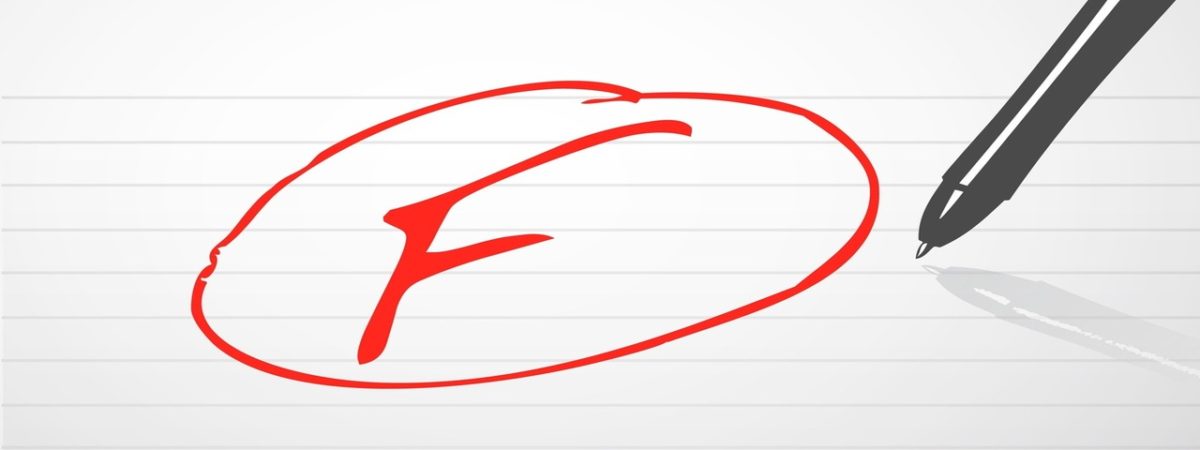Plain packaging in Australia, 5 years on: We told you so
SUGGESTED



It is worth raking over these facts after five years because back in 2013 George Osborne said he wanted to wait for evidence to emerge from Australia before making a decision on plain packaging. “It is right that we take our time and get the right decision,” he said. But he didn’t. Ultimately, political pressure forced him to push ahead without knowing what to expect and we can now see why anti-smoking campaigners were so keen to make haste. It hasn’t worked.
Five years ago, critics of the policy had three major concerns. We said that plain packaging wouldn’t affect people’s decision to smoke, it would been a boost to the illicit trade, and it would lead to a slippery slope of regulation in which every product that displeases nanny statists would become fair game. Anti-smoking campaigners said that we were fear-mongers; deluded victims of tobacco industry propaganda. The record shows that we were right.
After the unexpected rise in cigarettes sales following plain packaging’s introduction, the Australian government started hiking up tobacco taxes at an extraordinary rate. Tobacco excise has gone up by 13 per cent every year since December 2013. This has helped suppress legal cigarette sales, albeit at a slower rate than in the UK, but the combination of higher taxes and the abolition of intellectual property led to an unprecedented surge in black market activity, home-growing and smuggling. The problem got so bad that the Australian Border Force formed a Tobacco Strike Team in October 2015 and intercepted 400 tonnes of illicit tobacco in its first two years. A huge tobacco smuggling syndicate was busted in August this year when 570 police officers raided homes and businesses across Sydney. Multi-million dollar tobacco crops are regularly discovered in the outback, but for every tonne of tobacco that is intercepted, many more tonnes make it to the streets.
Meanwhile, as predicted, campaigners have set their eyes on plain packaging for alcohol, junk food and sugary drinks. Earlier this year, the prize-winning scientist Wolfram Schultz complained about the ‘colourful wrapping of high energy foods’ and suggested that plain packaging would be a step towards ‘regulating the desire to get more calories’. Only this month, an editorial in the Lancet said that it was ‘not unimaginable that bottles of Château Mouton Rothschild, which once bore the artwork of Salvador Dali and Pablo Picasso, might one day be required to have plain packaging and images of oesophageal cancer or a cirrhotic liver.’ How delightful.
Plain packaging had no positive effect on people’s health in Australia. It was never likely to. The whole idea made a mockery of evidence-based policy and it is no surprise that those who advocated it are keen to move on to the next campaign. Australia is fighting a needless and wholly avoidable war with black marketeers and there is every sign that illicit tobacco is back on the rise in the UK as well. Intellectual property rights have been trampled and a Pandora’s Box has been opened – all for something to which smokers have reacted with a shrug of the shoulders. Politicians may be too proud to repeal this foolish piece of legislation, but perhaps they will wait for evidence next time.




